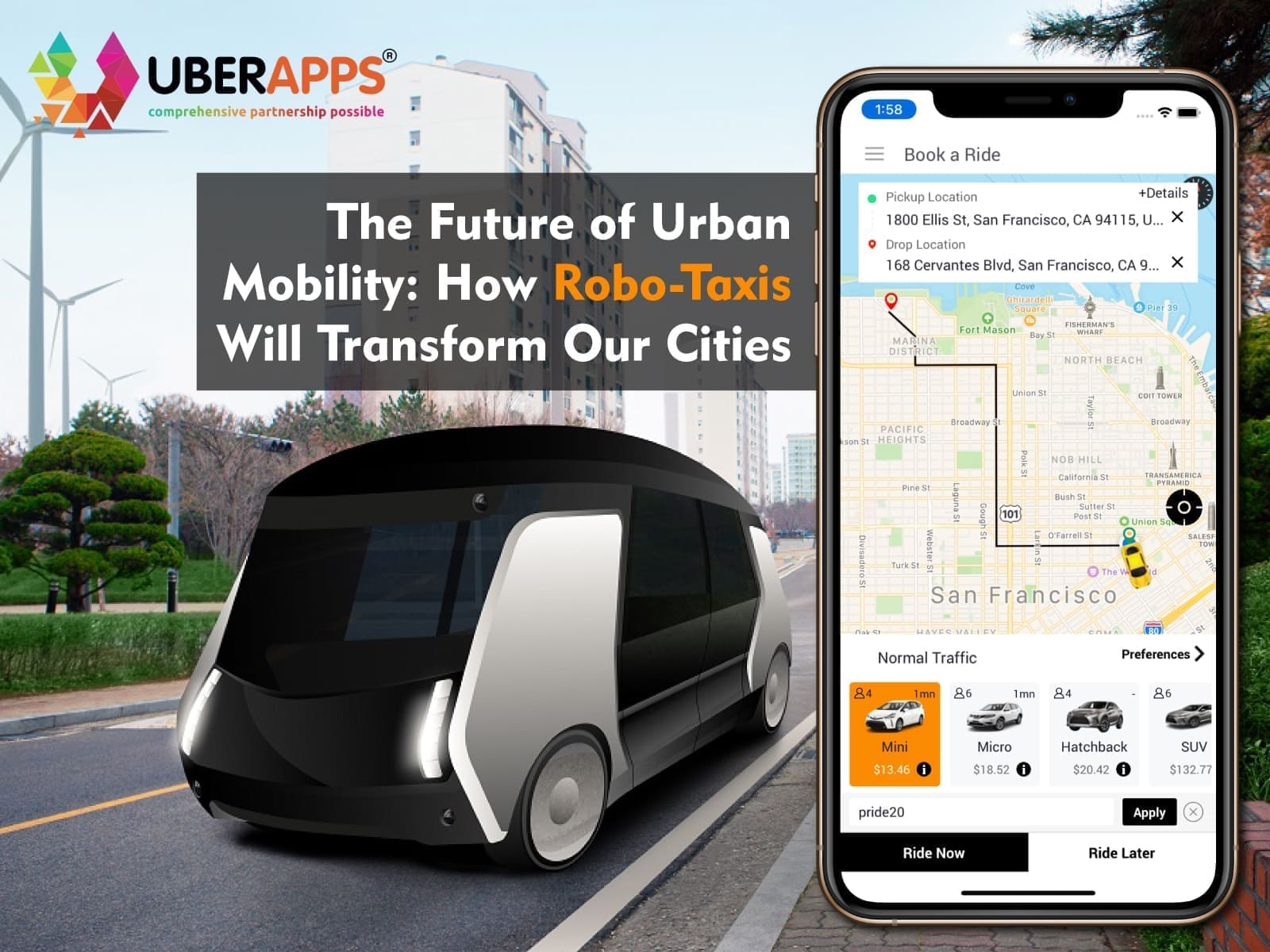
The Future of Urban Mobility: How Robo-Taxis Will Transform Our Cities
The future of urban mobility is on the cusp of a revolutionary transformation, driven by the advent of robo-taxis. These autonomous, self-driving vehicles promise to redefine our cities, addressing pressing challenges such as congestion, pollution, and accessibility. As a leading mobile app development company, we are at the forefront of this technological evolution, harnessing cutting-edge innovations to create solutions that will seamlessly integrate robo-taxis into urban environments. Our expertise in developing robust, user-friendly applications ensures that we can facilitate this transition, making autonomous transportation a reality for everyone. Join us as we explore how robo-taxis will reshape urban landscapes, improve mobility, and enhance the quality of life for city dwellers.This blog explores how robo-taxis will transform urban landscapes, enhance mobility, and redefine the way we experience cities.
The future of urban mobility is being revolutionized by robo-taxis, autonomous vehicles that promise to reduce congestion, pollution, and improve accessibility. Key technologies like Lidar, AI, and GPS enable these vehicles to navigate complex urban environments. Robo-taxis offer benefits such as enhanced safety, environmental impact, and economic efficiency. Challenges include technological and regulatory hurdles, public acceptance, and infrastructure adaptation. Case studies like Waymo and Zoox showcase practical applications. Robo-taxis will reshape urban landscapes, integrate with public transport, and spur innovation, marking a significant milestone in urban transportation's evolution.
The Rise of Autonomous Vehicles
The journey towards autonomous vehicles began decades ago with early experiments in automation and artificial intelligence. Initial developments were modest, but the acceleration of computing power, sensor technology, and machine learning has rapidly advanced the field. Companies like Google (now Waymo), Tesla, Uber, and numerous startups have invested heavily in developing self-driving technology, bringing the concept of robo-taxis from science fiction to near-reality.
Autonomous vehicles- statistics & facts
Autonomous vehicles, regarded by many as the future of both personal and public transportation, are steadily increasing their market presence. In 2019, there were approximately 31 million cars worldwide equipped with some level of automation. This figure is anticipated to exceed 54 million by 2024. Alongside this growth, the global autonomous car market is also set to expand. Valued at over 24 billion U.S. dollars in 2021, the market is projected to reach nearly 62 billion U.S. dollars by 2026.
Key Technologies Behind Robo-Taxis
Robo-taxis rely on a combination of technologies to navigate complex urban environments safely and efficiently. Key components include:
- Lidar (Light Detection and Ranging): Uses laser pulses to create high-resolution maps of the vehicle's surroundings.
- Radar: Detects objects and their speed, providing crucial data for collision avoidance
- Cameras: Capture visual information to identify road signs, traffic signals, and obstacles.
- AI and Machine Learning: Enable the vehicle to interpret data from sensors, make decisions, and learn from experiences.
- GPS and Mapping Systems: Ensure accurate navigation and route planning.
technologies work together to create a robust system capable of handling the dynamic nature of urban driving.
Benefits of Robo-Taxis
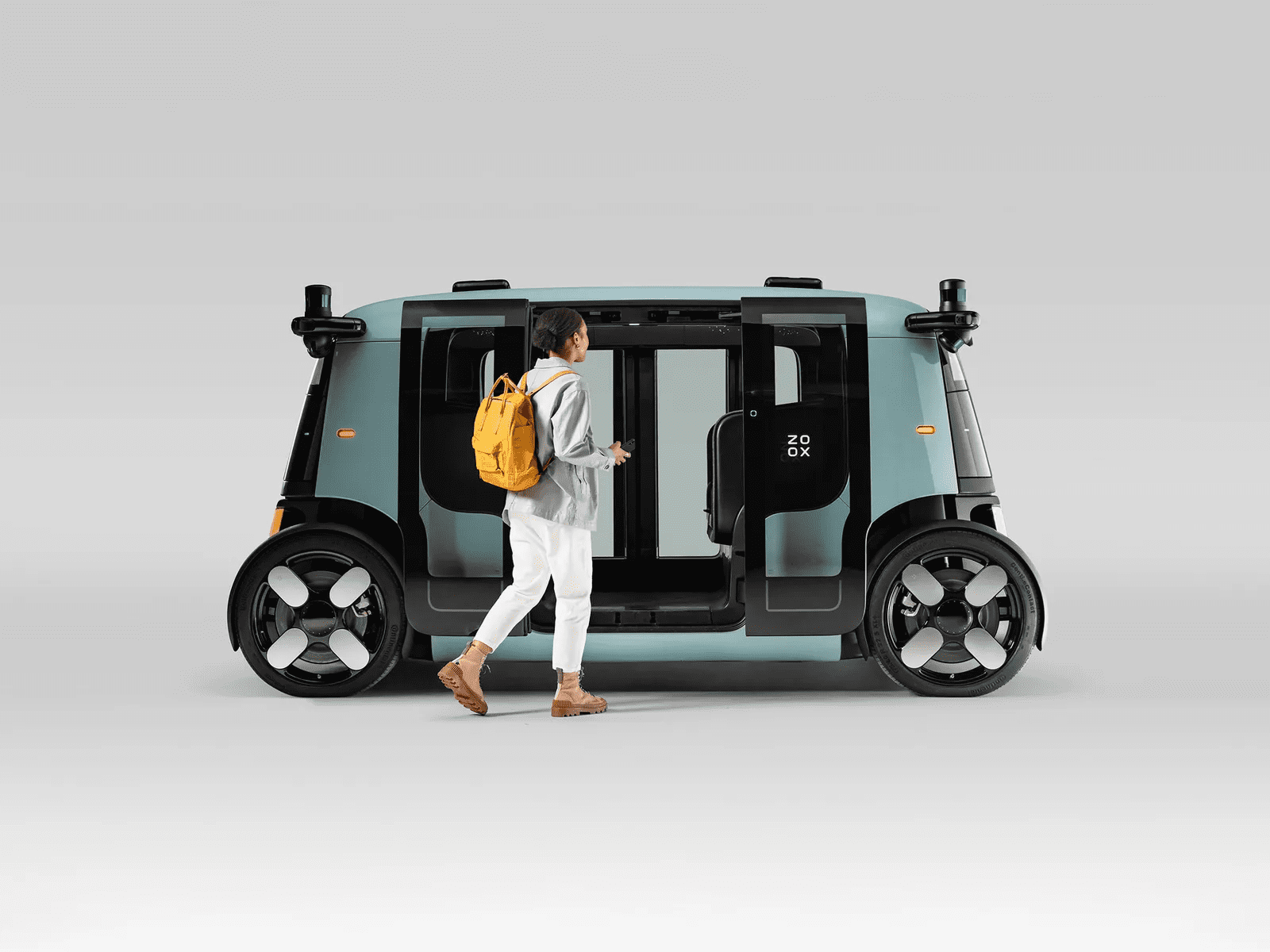
Reduced Traffic Congestion
One of the most significant advantages of robo-taxis is their potential to reduce traffic congestion. Autonomous vehicles can communicate with each other and traffic management systems to optimize traffic flow, reduce bottlenecks, and eliminate human errors that cause accidents and delays. With better traffic management, cities can experience smoother and more efficient transportation networks.
Environmental Impact
Robo-taxis are often designed as electric vehicles, contributing to a reduction in urban air pollution. The shift from gasoline-powered cars to electric robo-taxis can significantly lower greenhouse gas emissions, helping cities meet their environmental targets. Additionally, optimized driving patterns and reduced idling time can further enhance energy efficiency.
Enhanced Safety
Human error is a leading cause of traffic accidents. Robo-taxis, with their advanced sensor arrays and real-time processing capabilities, can react faster and more accurately than human drivers. They can maintain safe distances, adhere to traffic laws, and avoid hazards more effectively, potentially leading to a significant decrease in traffic-related injuries and fatalities.
Improved Accessibility
Robo-taxis can provide improved mobility options for individuals who are unable to drive, such as the elderly, disabled, or those without access to a personal vehicle. By offering a reliable and convenient mode of transportation, robo-taxis can enhance the quality of life for these populations and promote greater inclusivity in urban mobility.
Economic Efficiency
The deployment of robo-taxis can lead to cost savings for both consumers and service providers. With the elimination of human drivers, labor costs are reduced, potentially lowering fare prices. Additionally, the efficiency of autonomous vehicles can reduce operational costs associated with fuel, maintenance, and insurance.
Challenges and Considerations
Technological and Regulatory Hurdles
While the promise of robo-taxis is enticing, several challenges must be addressed before widespread adoption can occur. Technologically, ensuring the reliability and safety of autonomous systems in all conditions is paramount. This includes handling adverse weather, complex urban environments, and unexpected events.
Regulatory frameworks also need to evolve to accommodate autonomous vehicles. Governments must establish safety standards, liability rules, and data privacy protections. Collaboration between technology companies, policymakers, and public stakeholders is essential to create a supportive regulatory environment.
Public Acceptance and Trust
Gaining public trust in autonomous vehicles is crucial for their success. Many people are understandably cautious about relinquishing control to a machine. Demonstrating the safety and reliability of robo-taxis through extensive testing and transparent communication is vital to building confidence among potential users.
Infrastructure Adaptation
Cities must adapt their infrastructure to support the deployment of robo-taxis. This includes updating road networks, traffic signals, and signage to accommodate autonomous vehicles. Dedicated lanes for robo-taxis, charging stations for electric vehicles, and improved digital connectivity are also necessary to ensure seamless integration into urban transportation systems.
Case Studies: Robo-Taxis in Action
Waymo One in Phoenix, Arizona
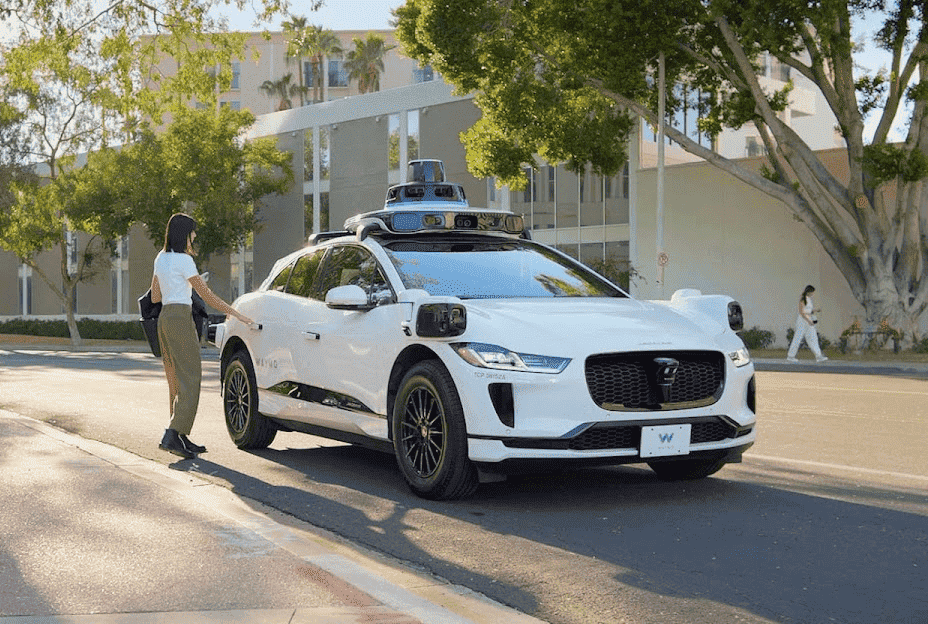
Waymo, a subsidiary of Alphabet Inc., launched its commercial robo-taxi service, Waymo One, in Phoenix, Arizona. The service operates within a defined area and offers fully autonomous rides to the public. Waymo's extensive testing and careful rollout have provided valuable insights into the practical challenges and benefits of robo-taxis.
Zoox in Las Vegas, Nevada
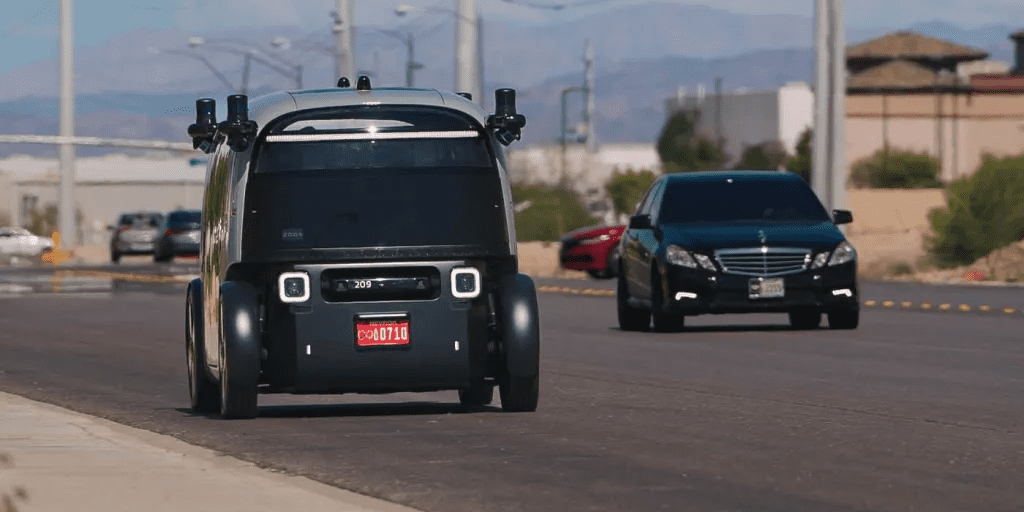
Zoox, an autonomous vehicle company acquired by Amazon, is developing a purpose-built robo-taxi designed for urban environments. Zoox's vehicle features a bidirectional design and a compact footprint, making it well-suited for navigating congested city streets. The company's pilot program in Las Vegas aims to demonstrate the feasibility of its innovative approach.
The Impact on Urban Design and Planning
Redefining Public Spaces
The widespread adoption of robo-taxis could lead to a reimagining of urban spaces. With fewer private cars on the road, cities can repurpose parking lots and garages for parks, housing, and other community amenities. Streets can be redesigned to prioritize pedestrians and cyclists, creating more livable and vibrant urban environments.
Integrating with Public Transportation
Robo-taxis can complement existing public transportation systems by providing first-mile and last-mile connectivity. This integration can enhance the overall efficiency and convenience of urban mobility, making it easier for people to use public transit for longer journeys while relying on robo-taxis for shorter trips.
Smart City Initiatives
The deployment of robo-taxis aligns with broader smart city initiatives aimed at leveraging technology to improve urban living. By integrating autonomous vehicles with smart traffic management systems, cities can optimize traffic flow, reduce energy consumption, and enhance the overall quality of life for residents.
The Future of Work in the Mobility Sector
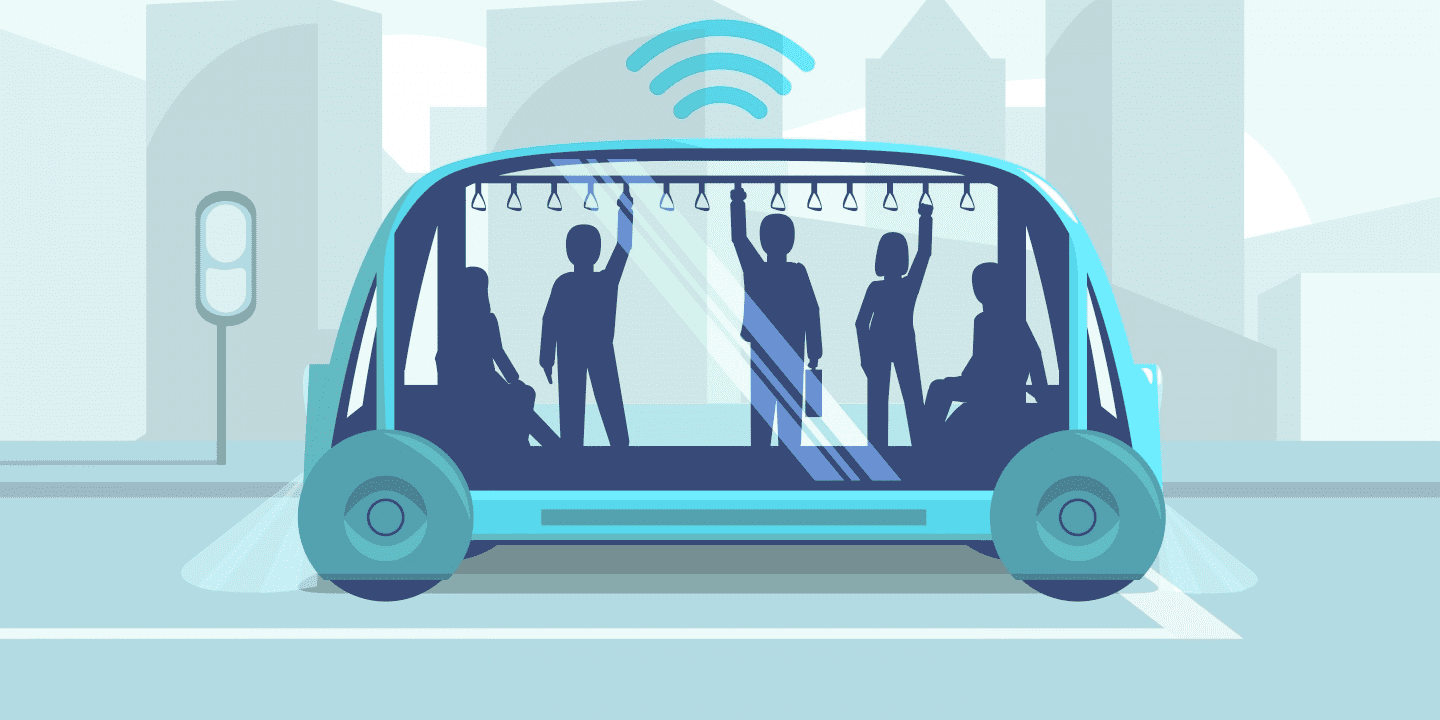
Job Displacement and Creation
The transition to robo-taxis will inevitably lead to job displacement for traditional taxi and rideshare drivers. However, it will also create new opportunities in fields such as vehicle maintenance, software development, data analysis, and cybersecurity. Workforce retraining and education programs will be crucial in helping workers transition to new roles within the evolving mobility sector.
Entrepreneurship and Innovation
The robo-taxi revolution will spur entrepreneurship and innovation in various industries. Companies will develop new business models, services, and products to support and enhance autonomous mobility. From specialized software solutions to innovative vehicle designs, the possibilities are vast and exciting.
Ethical and Social Implications
Data Privacy and Security
Robo-taxis generate vast amounts of data, raising concerns about privacy and security. Ensuring that personal information is protected and that data is used responsibly is paramount. Robust cybersecurity measures must be implemented to prevent data breaches and unauthorized access.
Equity and Access
As with any technological advancement, it is essential to consider issues of equity and access. Ensuring that robo-taxi services are affordable and accessible to all segments of the population is crucial in preventing a digital divide. Policymakers must work to create inclusive frameworks that promote equitable access to autonomous mobility.
Conclusion
The advent of robo-taxis marks a significant milestone in the evolution of urban mobility. As these autonomous vehicles become increasingly integrated into our cityscapes, they promise to redefine the way we move, making transportation more efficient, accessible, and sustainable. Robo-taxis offer the potential to reduce traffic congestion, lower carbon emissions, and provide cost-effective solutions for urban dwellers.
For taxi app development companies, the rise of robo-taxis presents a wealth of opportunities to innovate and lead the charge in this transformative era. By developing cutting-edge technologies and seamless user experiences, companies can position themselves at the forefront of this mobility revolution. As cities continue to grow and evolve, the integration of robo-taxis will play a crucial role in shaping a smarter, greener, and more connected urban future.
The journey towards fully autonomous urban transportation is an exciting and promising one. Embracing this change not only prepares us for a future where mobility is more convenient and efficient but also ensures that we are contributing to a sustainable and technologically advanced world. The future of urban mobility is here, and robo-taxis are set to drive us towards a new era of transportation.
Ready to launch a taxi service with our Saas Based Taxi App Development Company? Discover our UberApps Taxi App, inspired by Uber — your fastest route to owning a thriving taxi business.
Author's Bio

Vinay Jain is the Founder of UBERApps and brings over 10 years of entrepreneurial experience. His focus revolves around software & business development and customer satisfaction.

